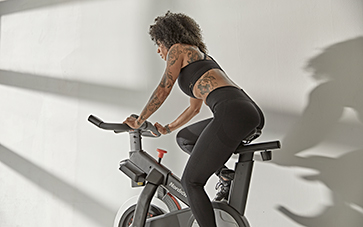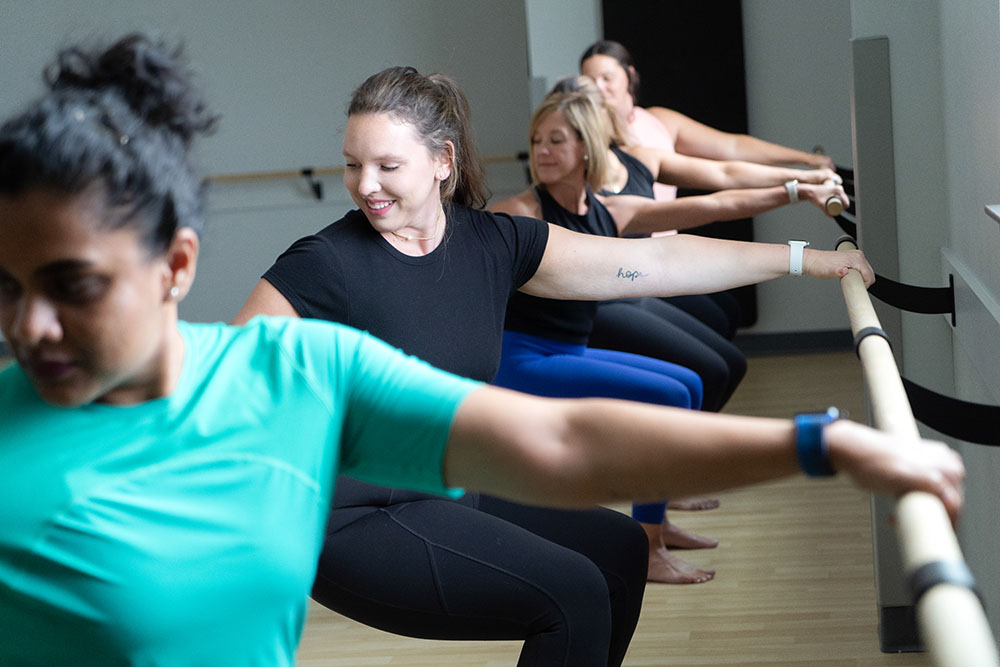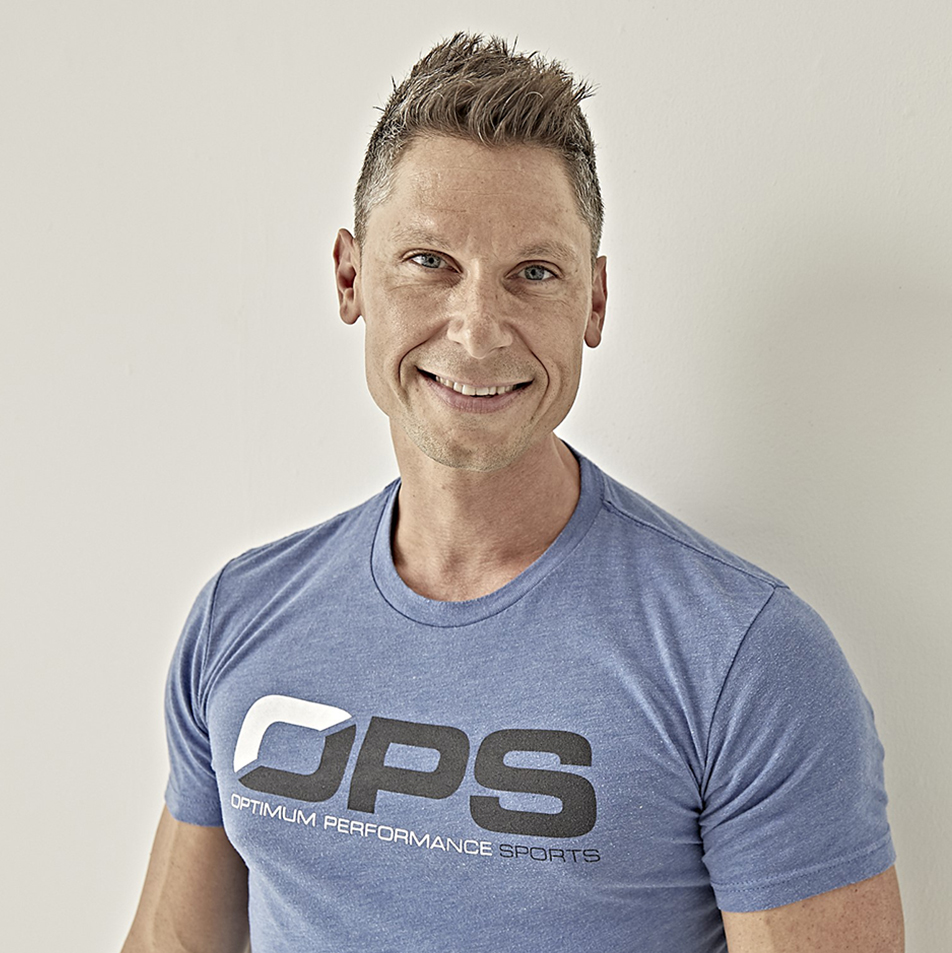The Science & Art of Coaching
Coach is a very dynamic term. There are many types of coaches that fill various roles within their own domain. The variables that make a good coach are as vast as the clientele that may come into contact with each specific coach. A book by Brett Bartholomew, Conscious Coaching, dives into the idea that coaches flex how they communicate depending on the “archetype” of the athlete they encounter. I believe this is a big part of what separates good from great, but it’s only one piece of the puzzle. A great coach understands the scientific aspect of their role as well as the artistic side of it.
The scientific aspect of being a good strength and conditioning coach is understanding the X’s and O’s of training. Knowing anatomical and physiological adaptations is the baseline here. Next, having knowledge of training variables and how to manipulate them lets you adapt your training to any given athlete. Knowing when to change the sets or reps required, or changing the intensity of an exercise to chase certain results and goals. Lastly, we must understand stimuli and when to apply specific stimuli. An easy example here is training an athlete in-season vs out-of-season. They have different demands, so they receive different training to match that concept. An athlete coming back from injury is another example of knowing when to apply stimuli that match where they’re at in their progress. The science of coaching is knowing how your client or athlete works.
The artistic aspect challenges our interpersonal skills. Empathy, leadership, and motivation are all under this umbrella; yet the largest piece of this puzzle is communication. The way we communicate can help create buy-in, it can motivate, it can create belief in oneself, and it can foster an environment that allows for teaching and learning. The way we communicate must be adapted to the athlete in the moment. The way I communicate with my male athletes is different than the way I communicate with my female athletes. This isn’t done in an exclusionary manner, yet it tailors to their focus, maturity, and interests. The same is true when coaching middle school athletes vs pro athletes. Pro athletes will be coached from a more technical and specific viewpoint, whereas middle school athletes need a more broad picture painted. Communication styles vary across sports as well. For instance, hockey athletes are very different from softball & volleyball athletes and so they are coached accordingly. In my experience, hockey players like to feel that they’ve lifted something heavy and did something athletic; most softball and volleyball players I’ve worked with are more meticulous and want to understand the process. The artistic side of coaching involves knowing why or what your athlete is receptive to.
Great coaches understand the importance of both the X’s and O’s but also how to mold the experience to what each athlete is receptive to. A good coach says, “Go do a medicine ball toss”. A great coach explains how the rotation of the hip translates to the middle school softball athlete as well as the professional basketball athlete. Good coaches create workouts, great coaches create training experiences that empowers athletes.
Author: Alex Williams








